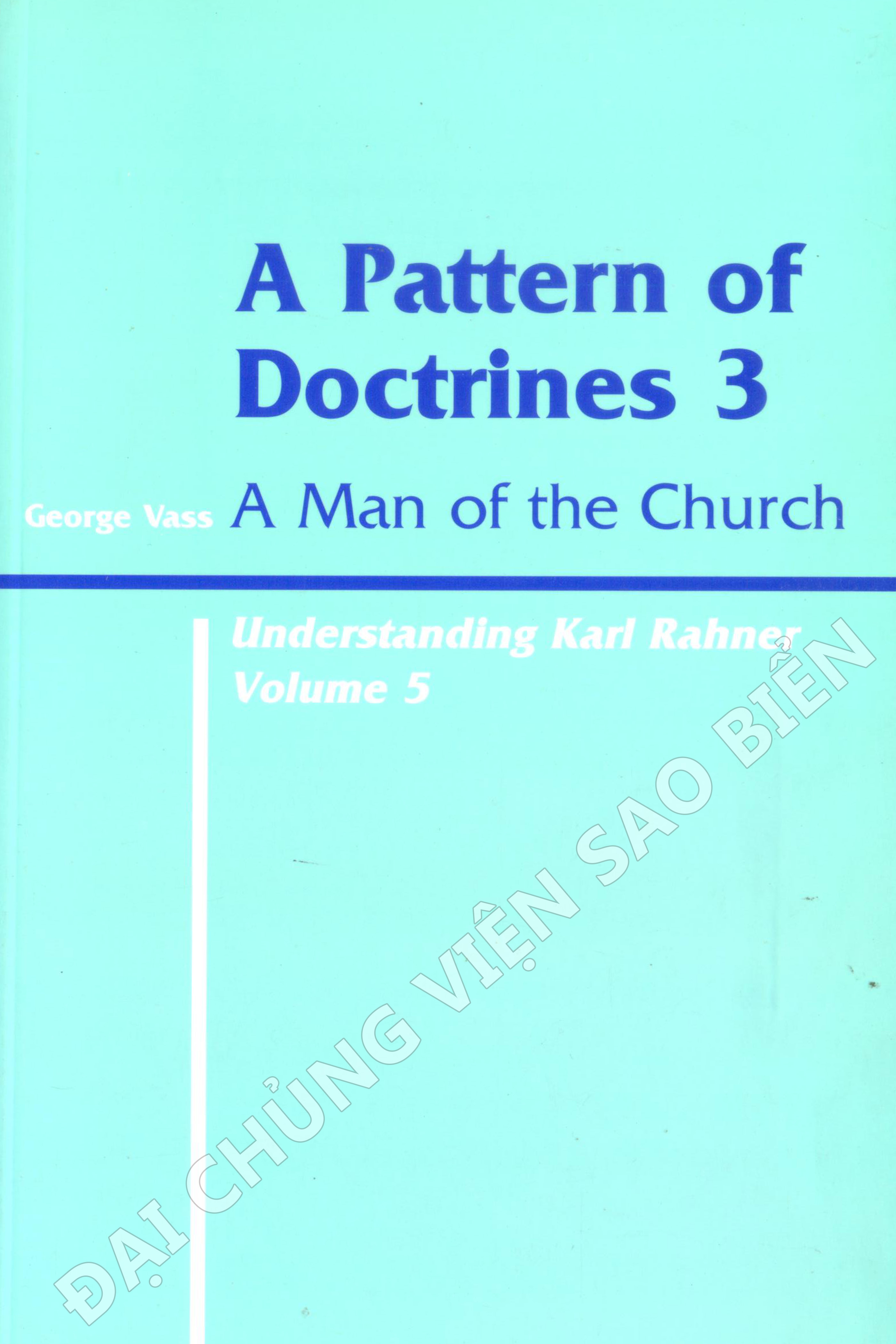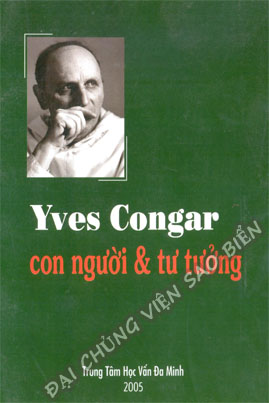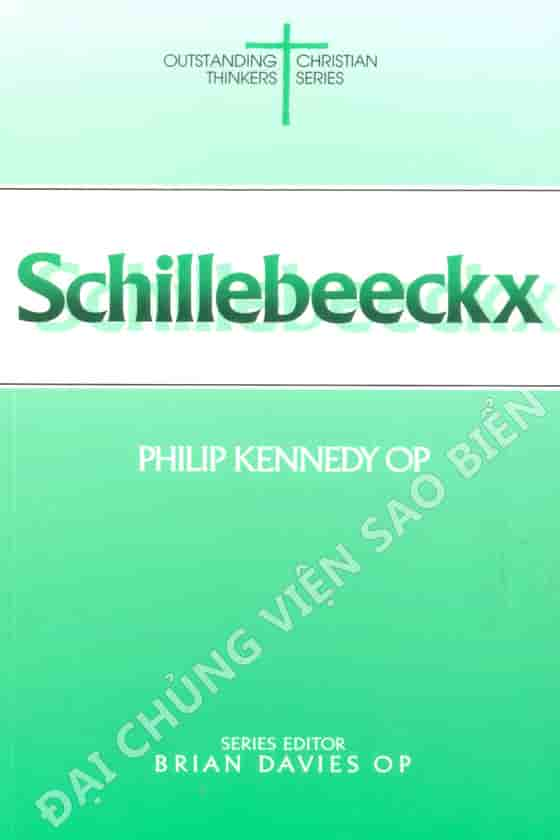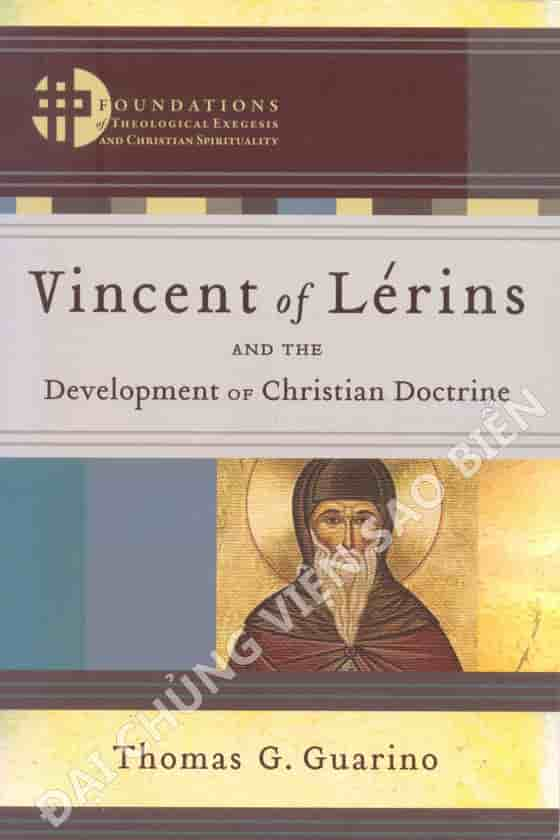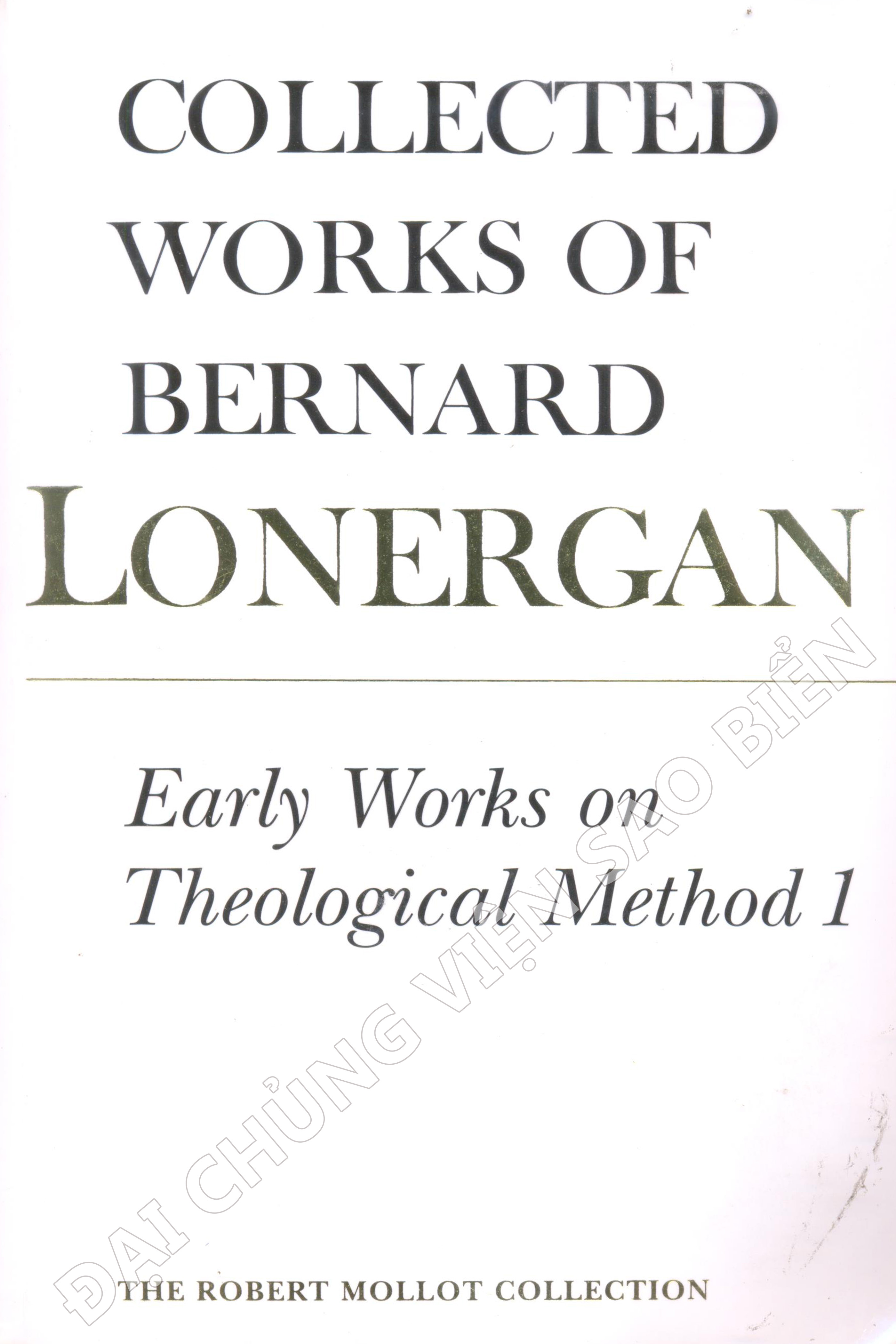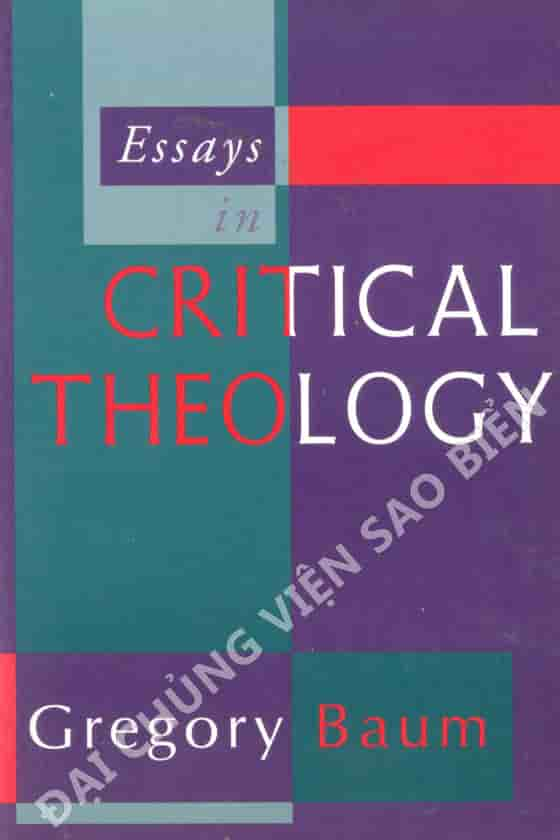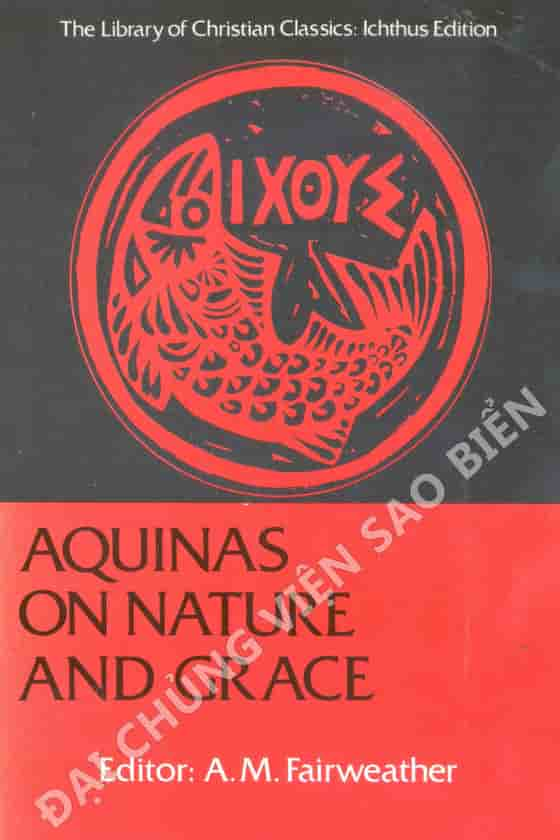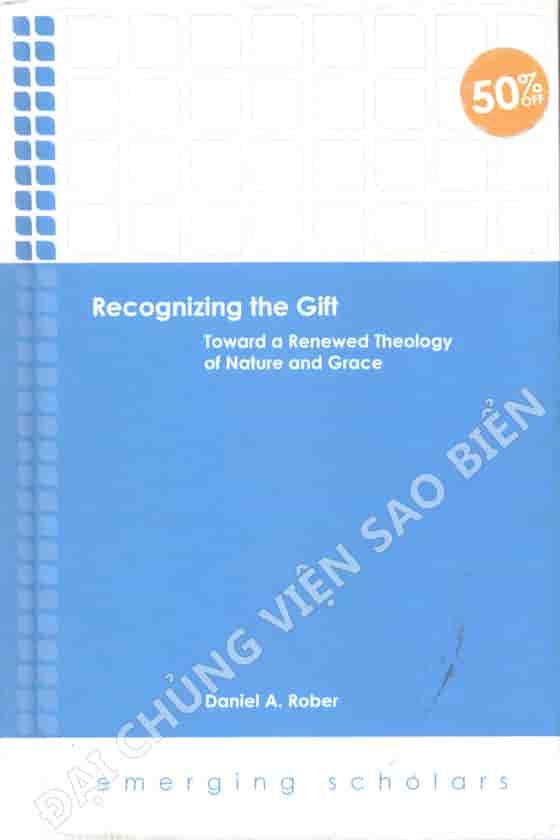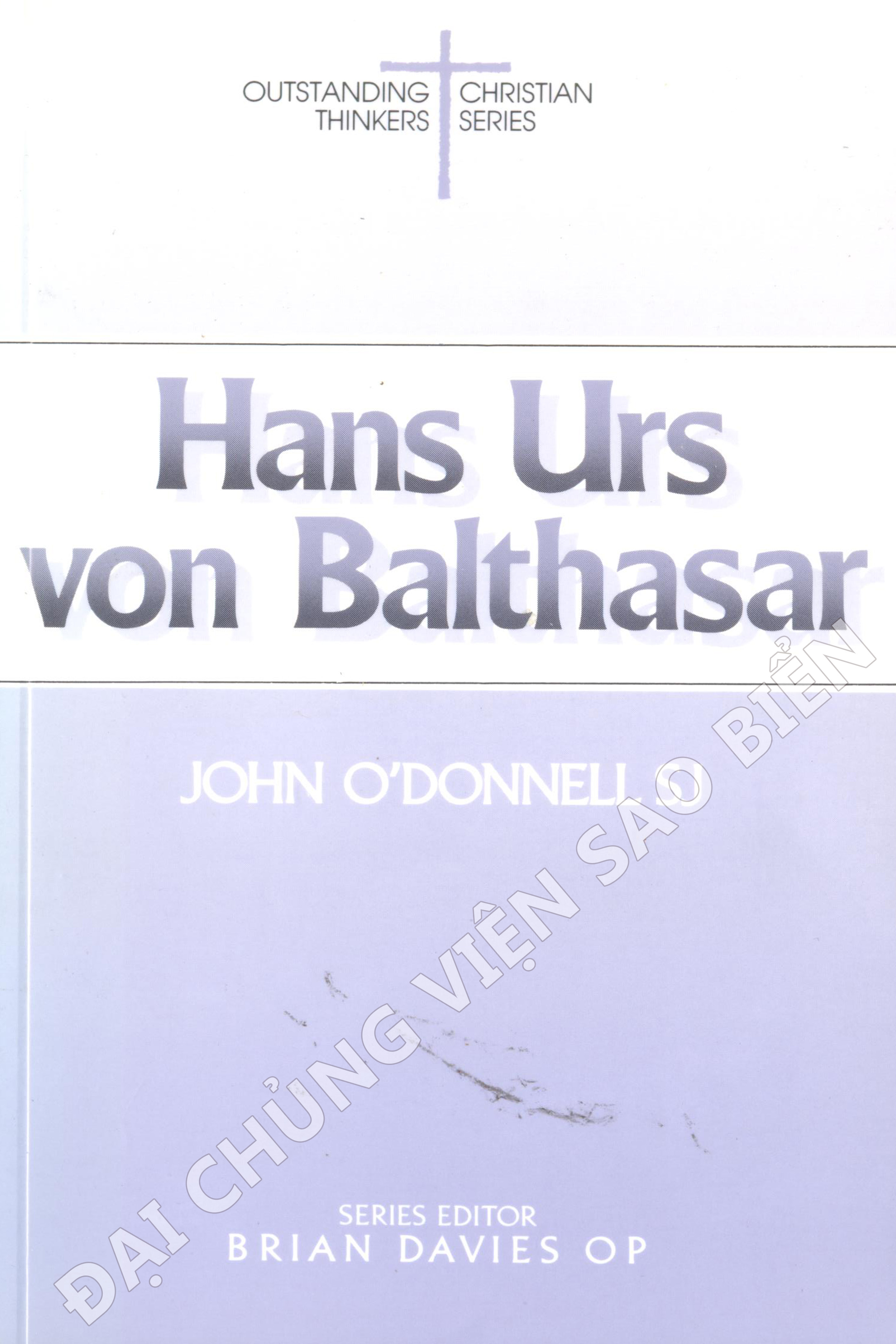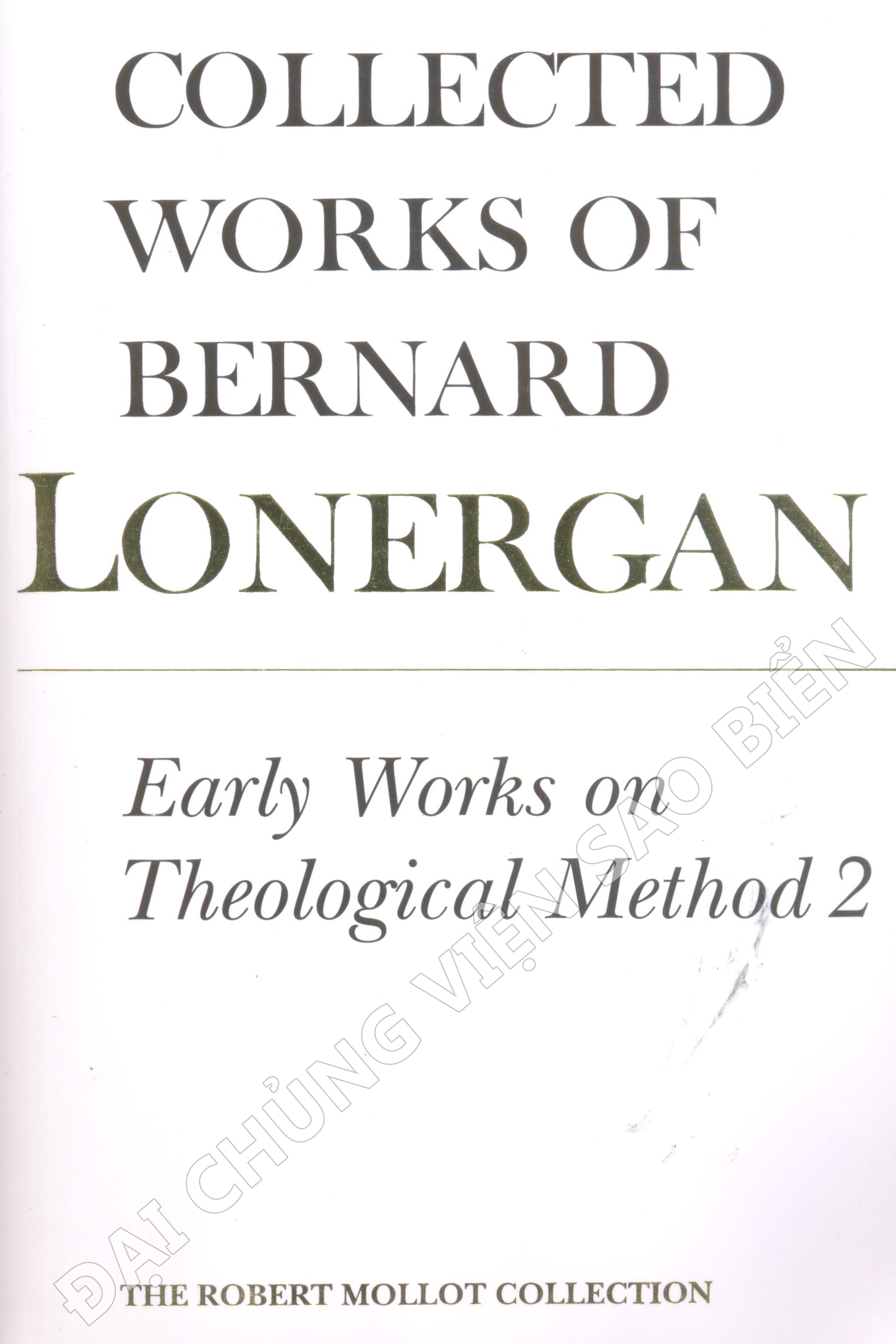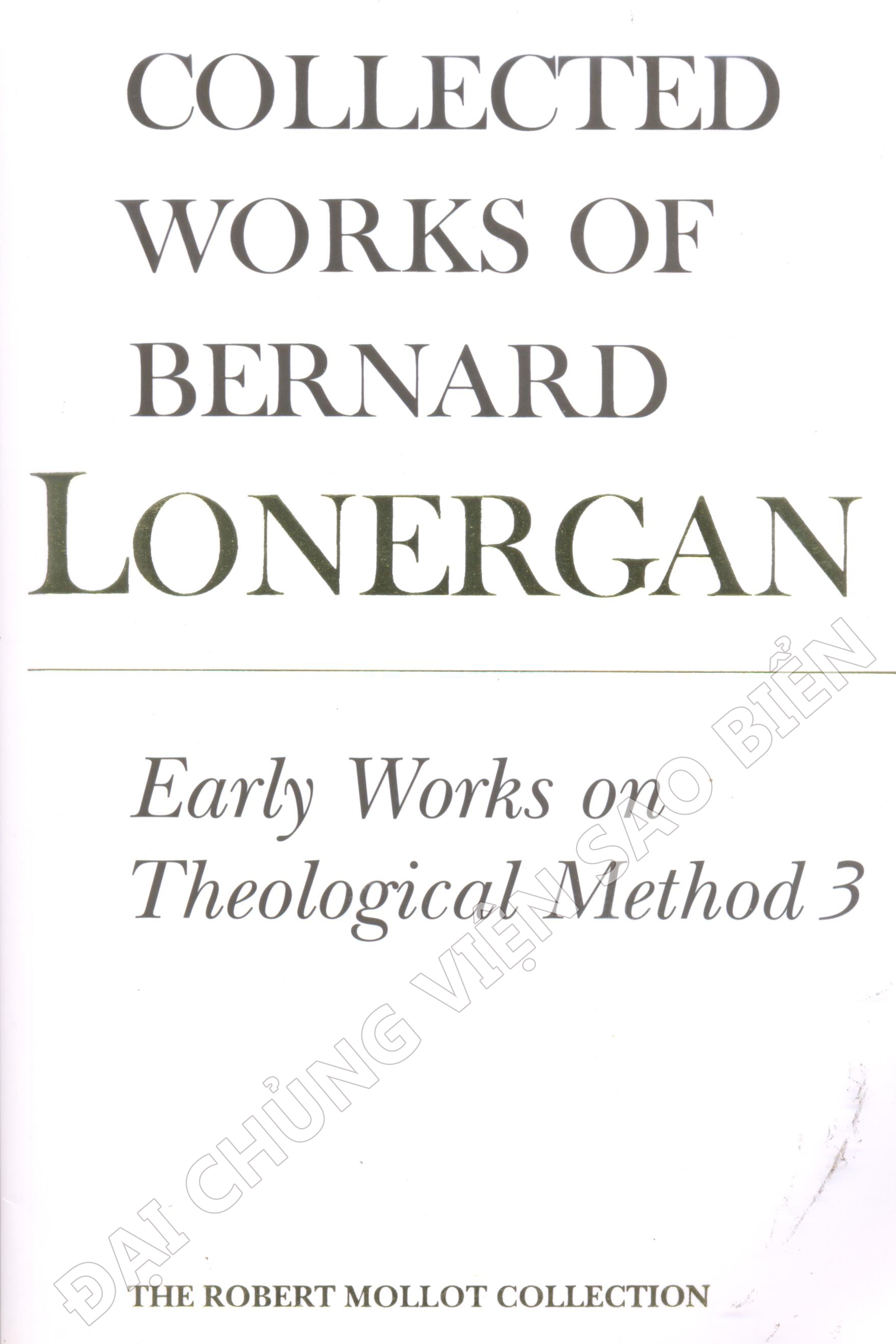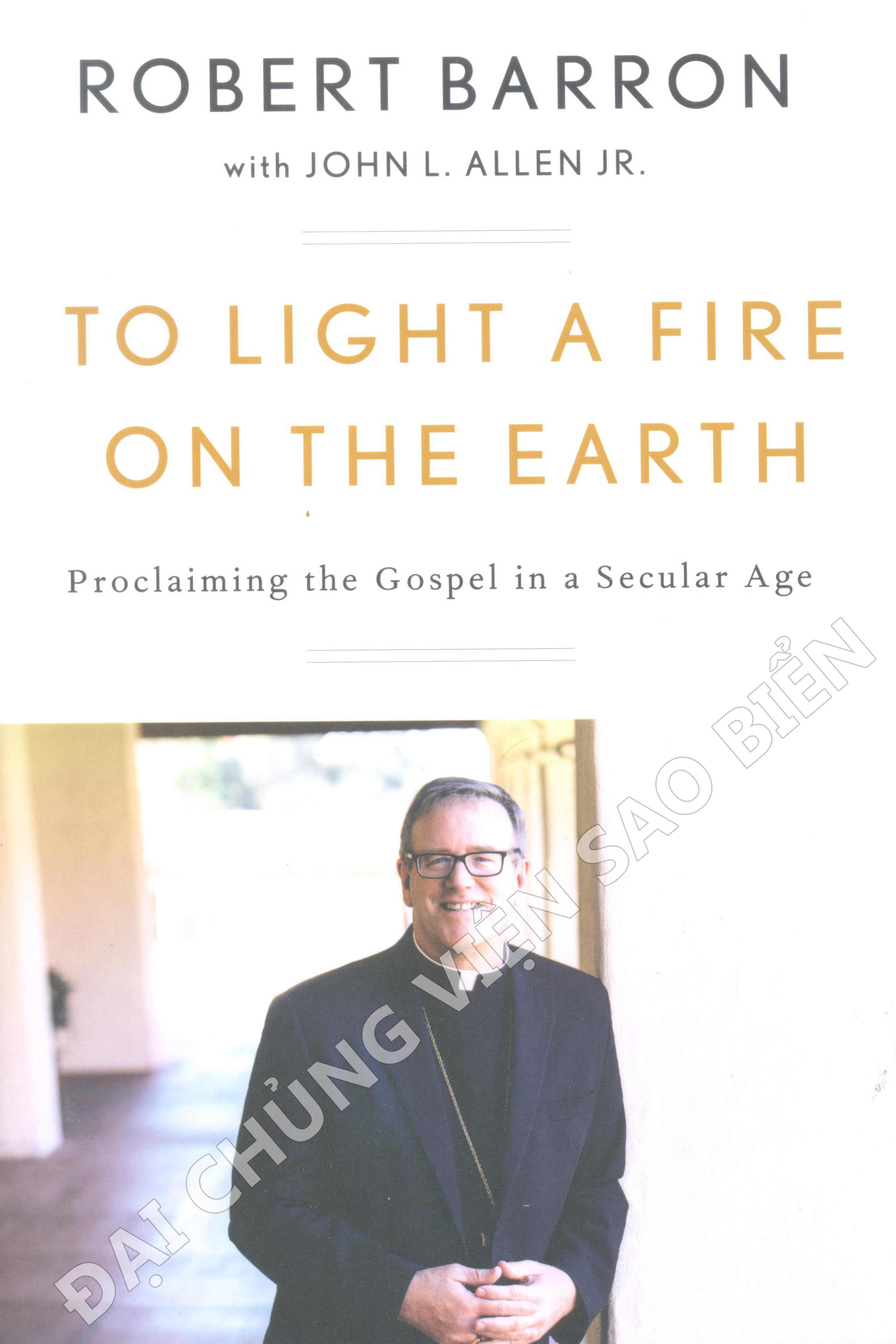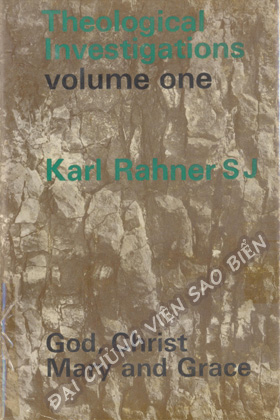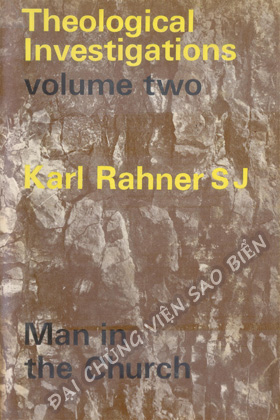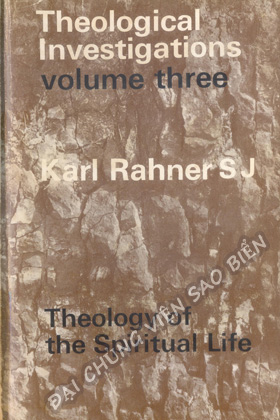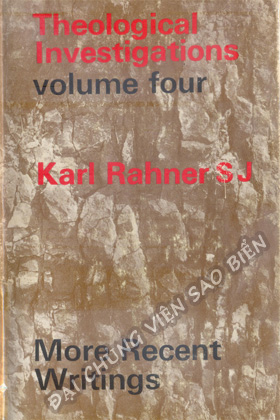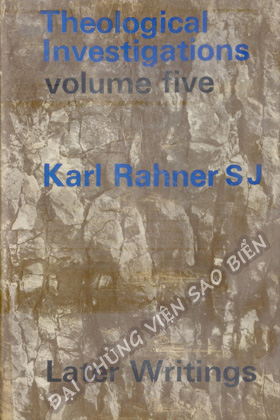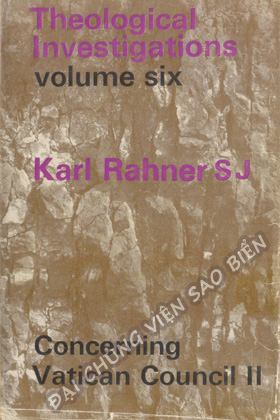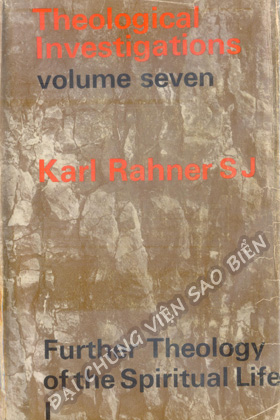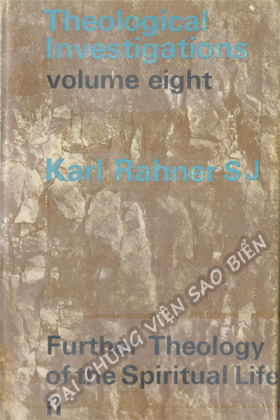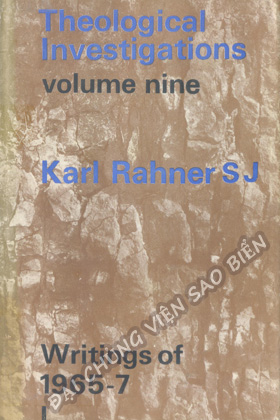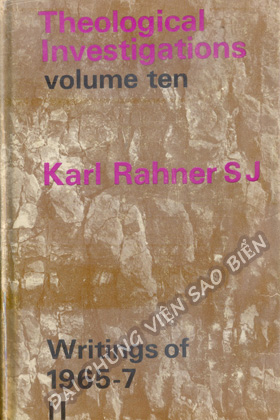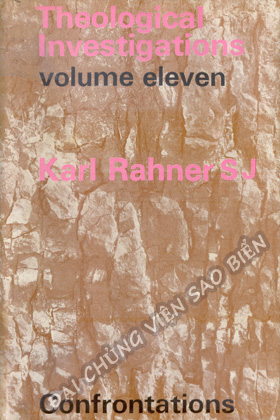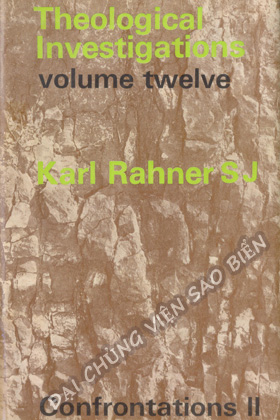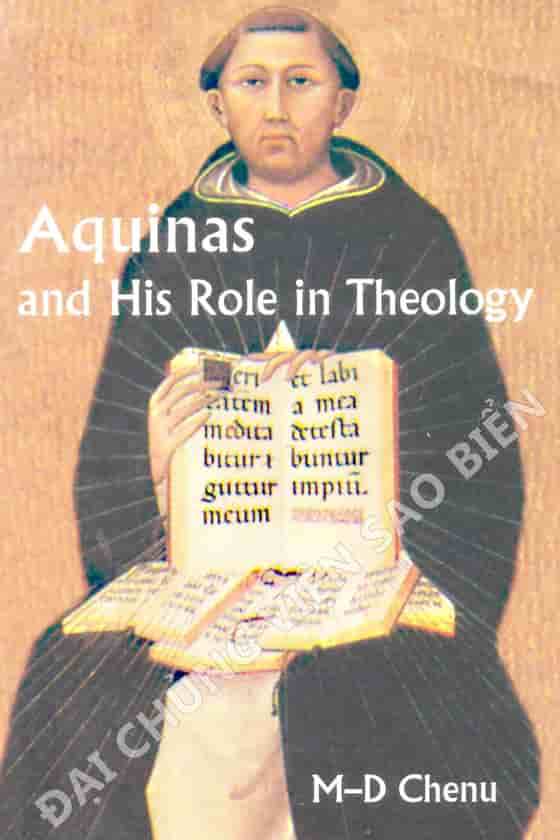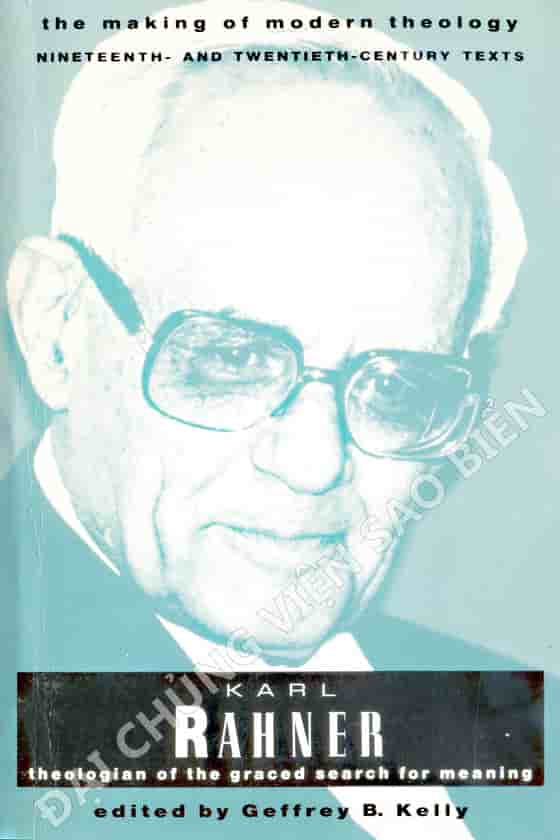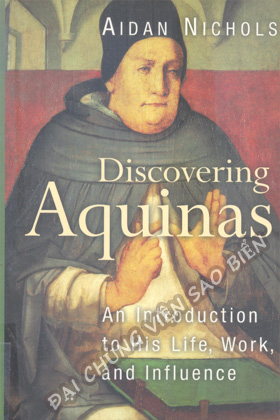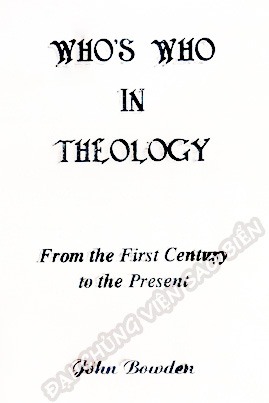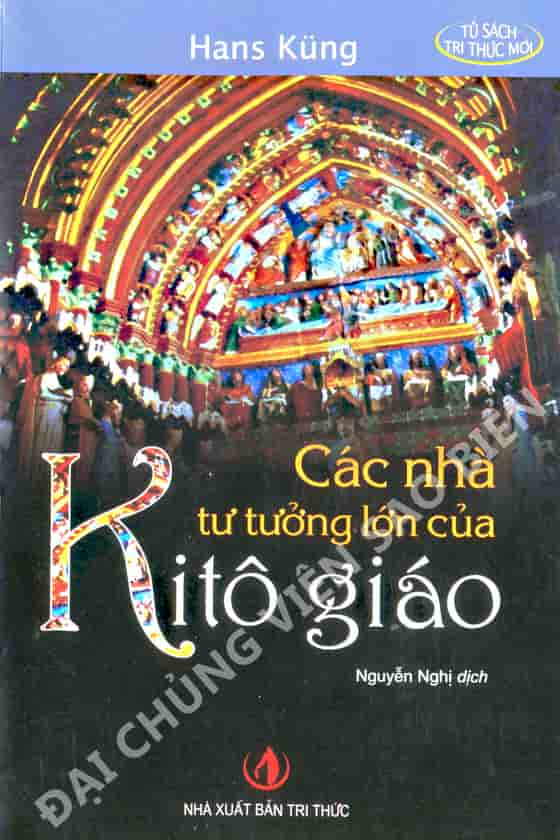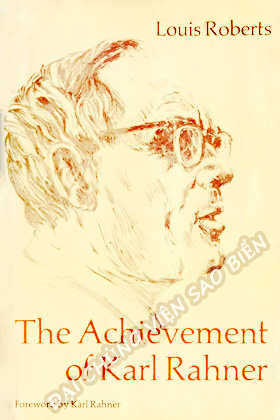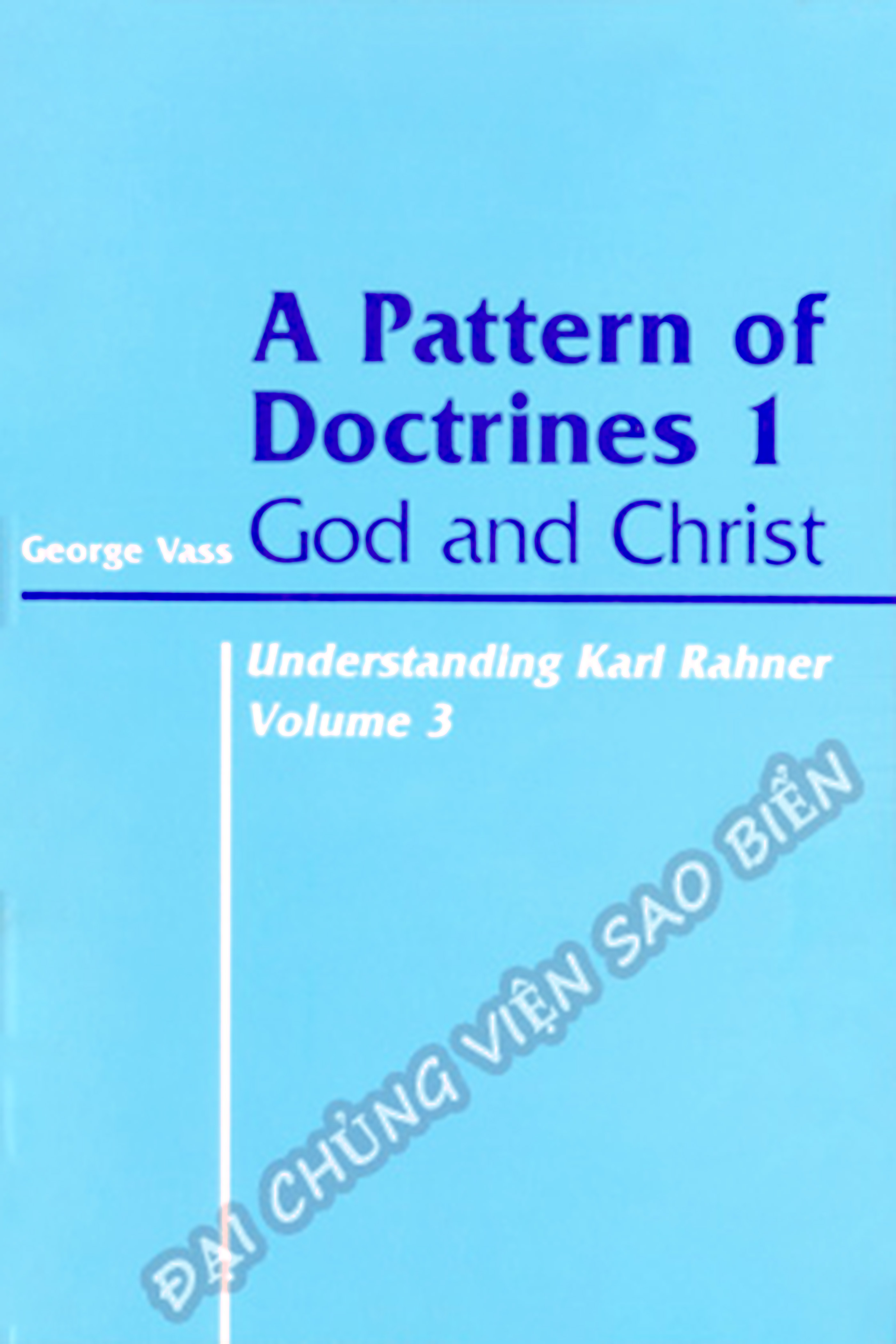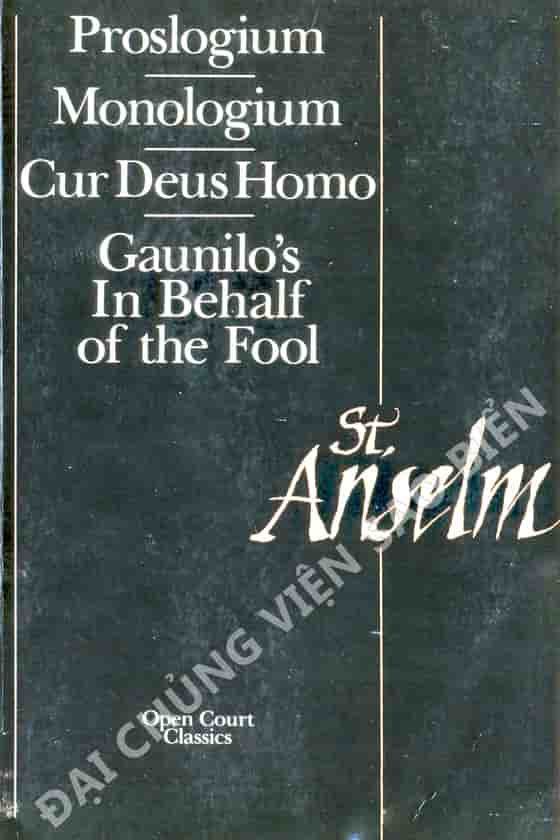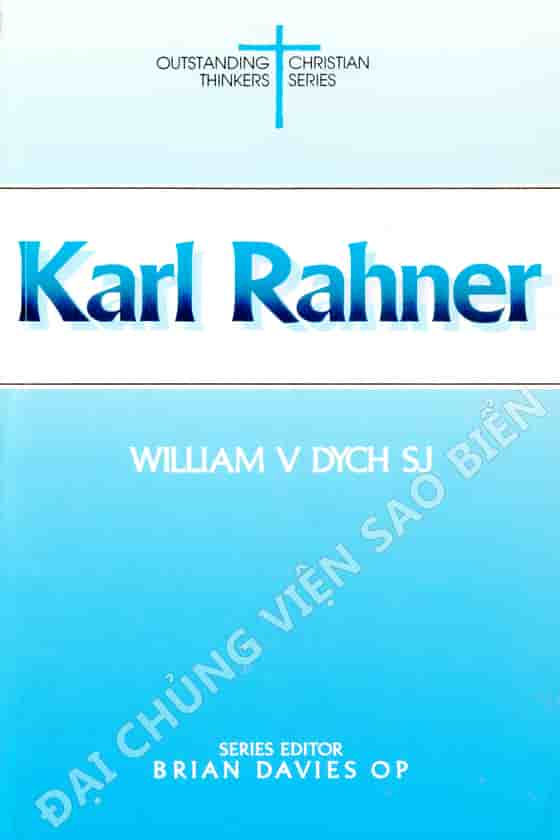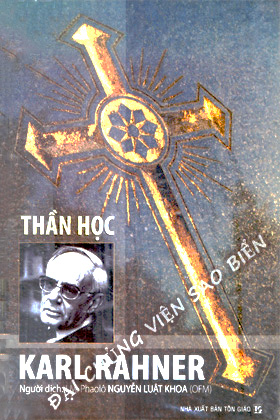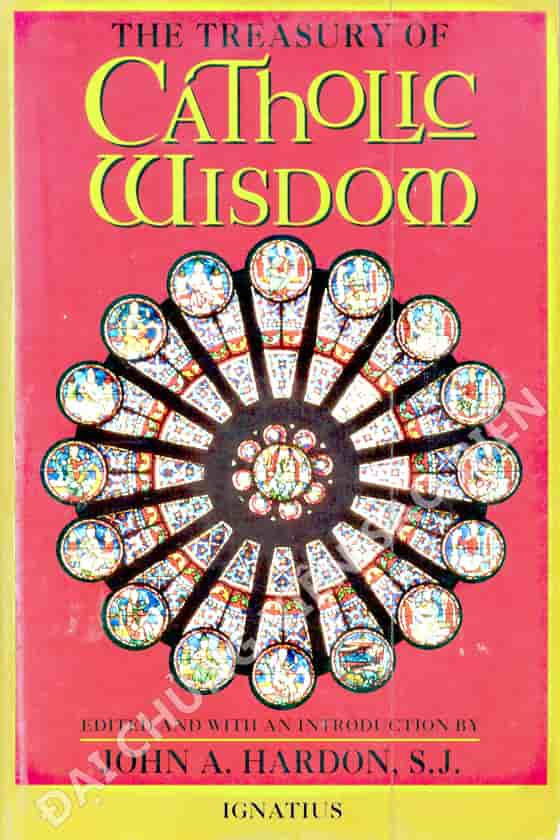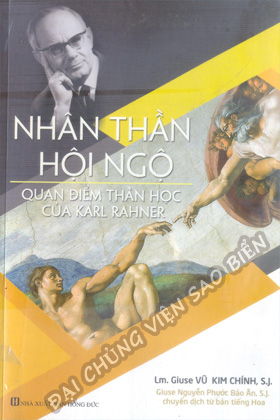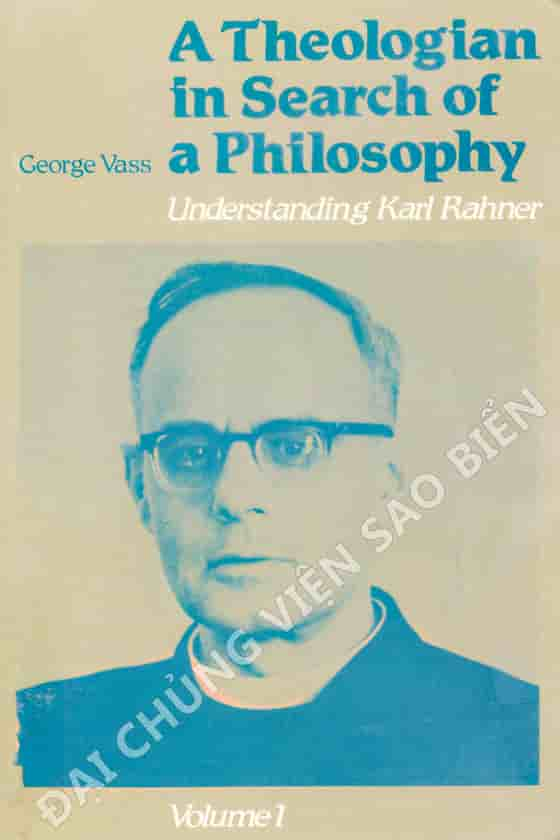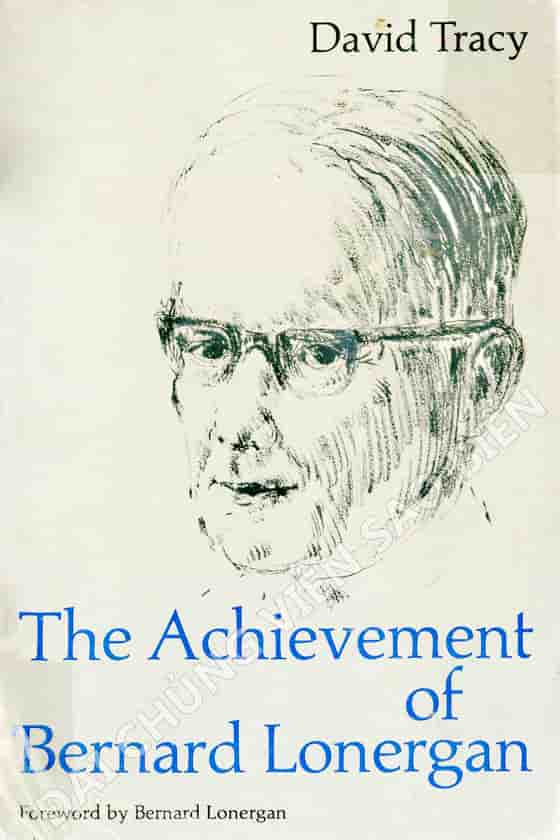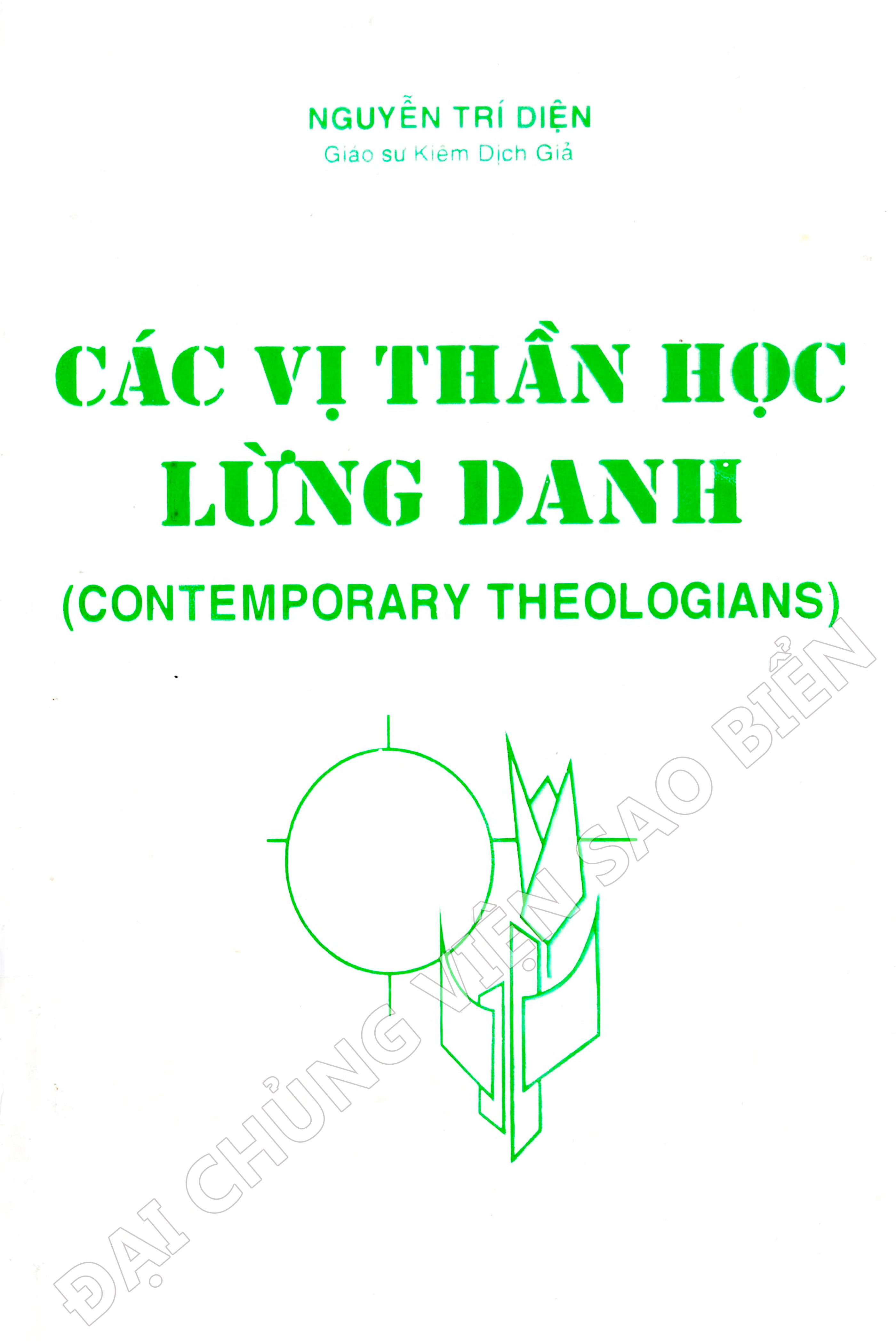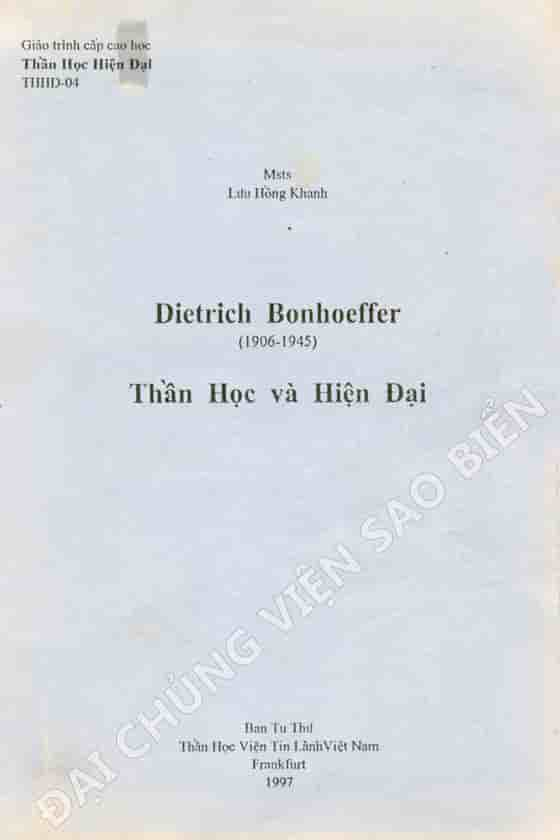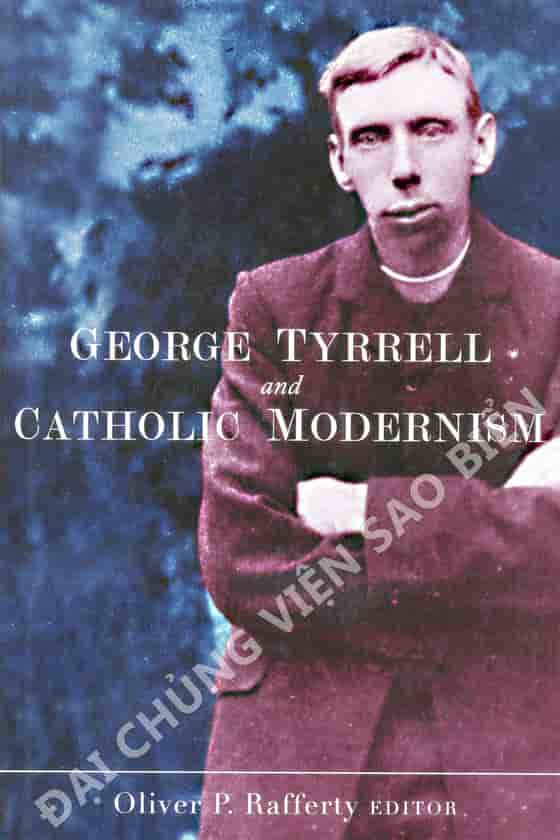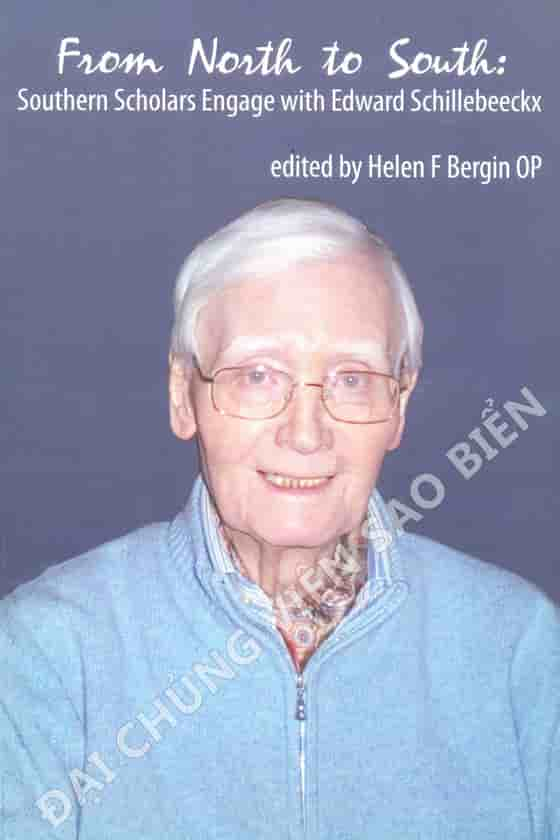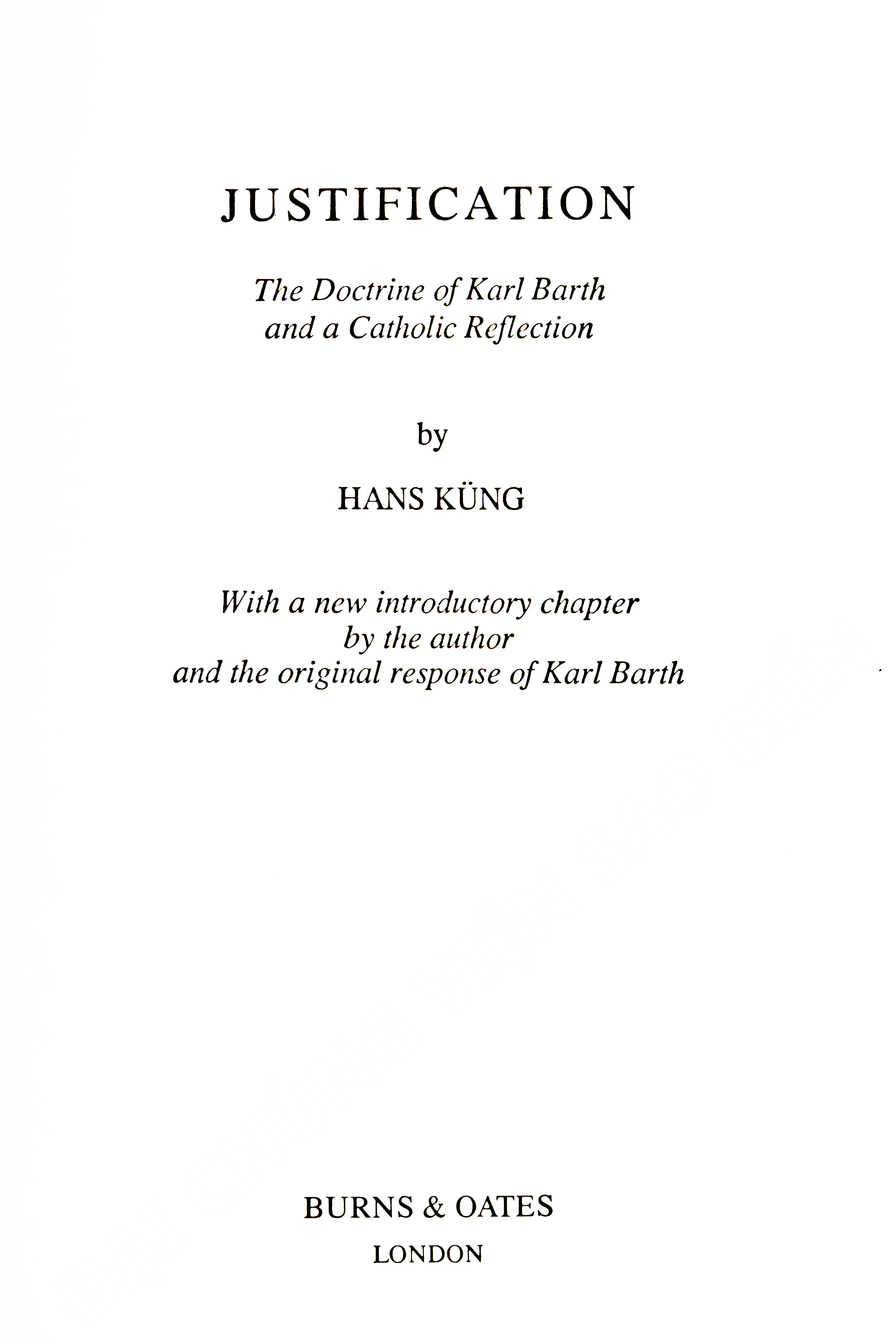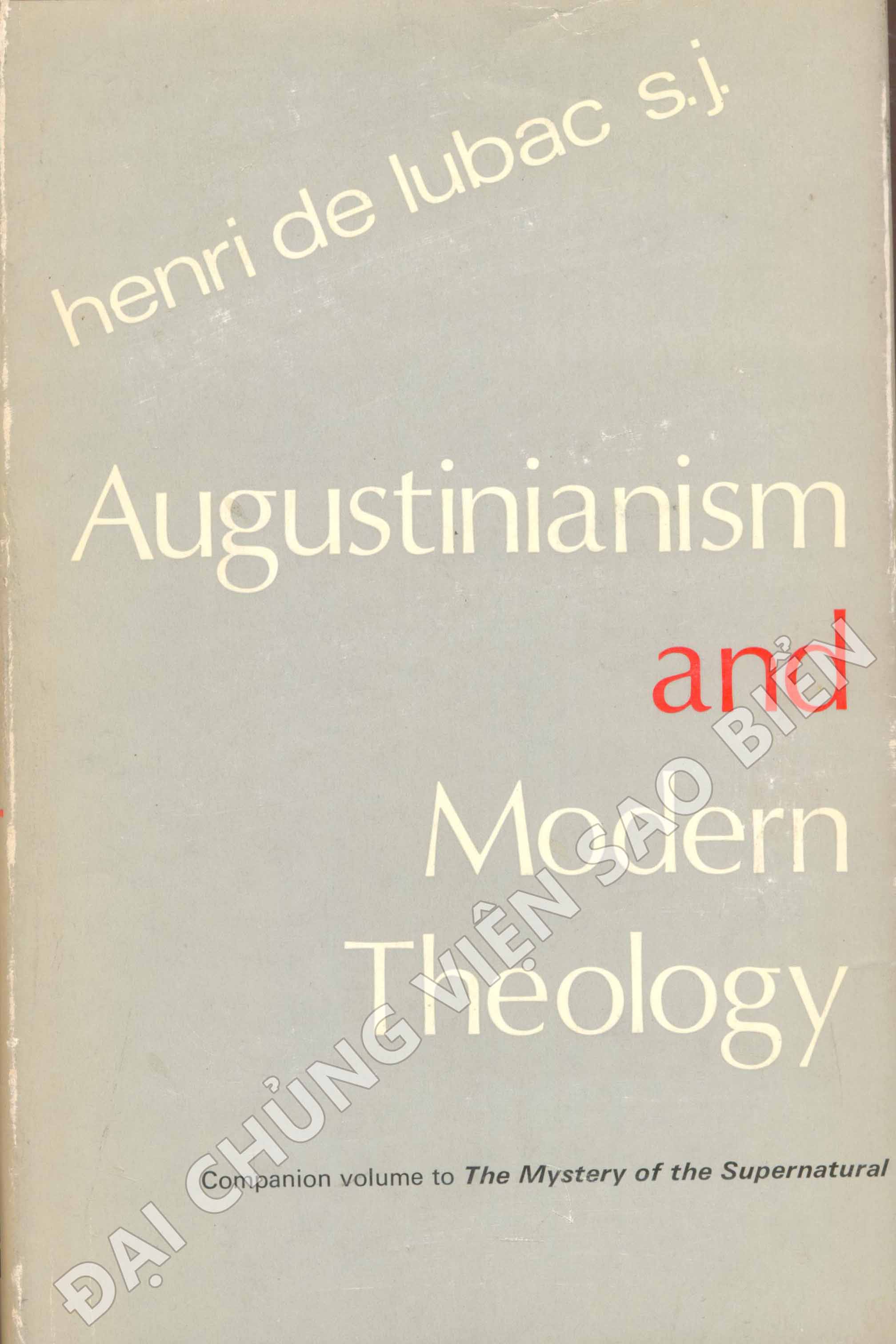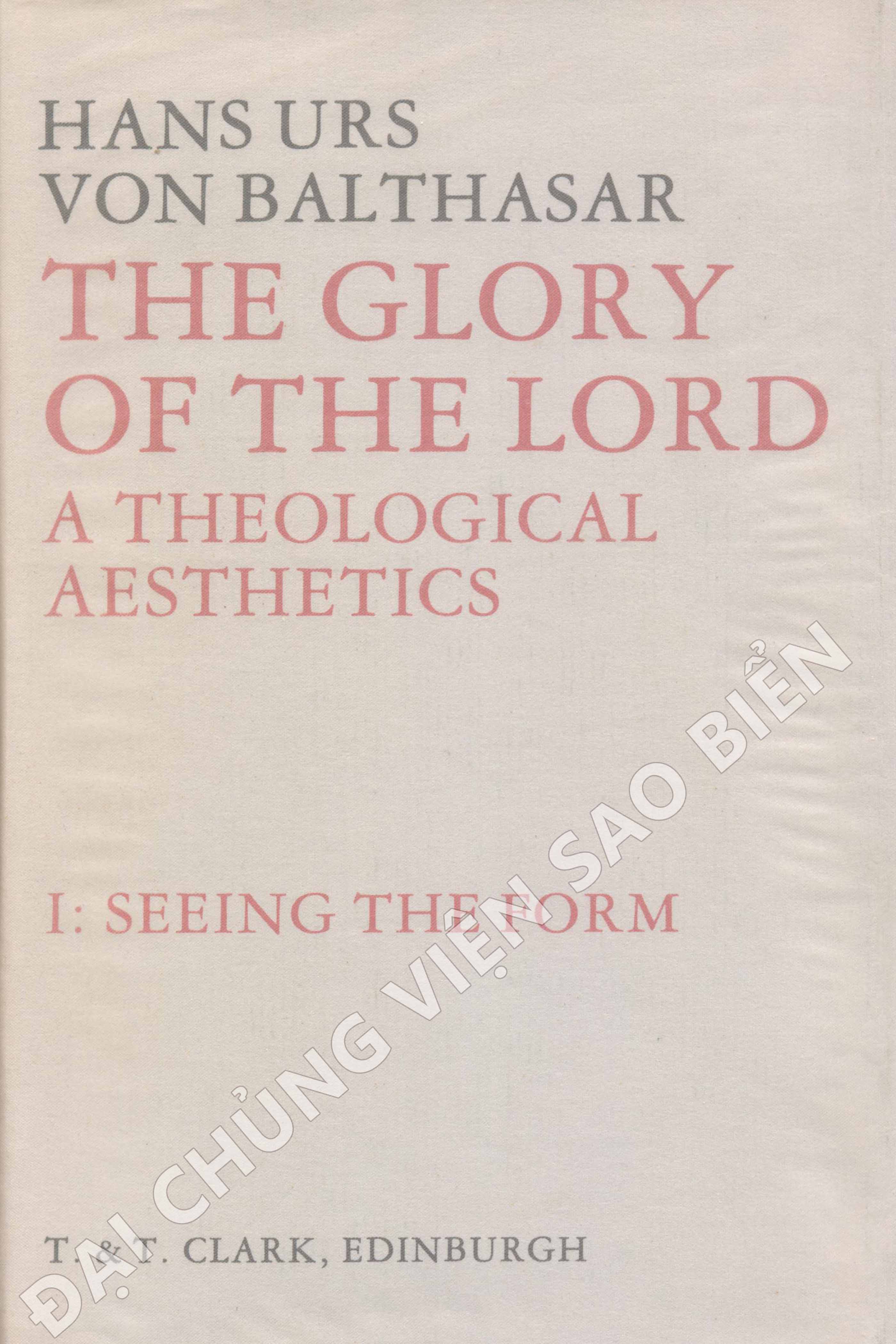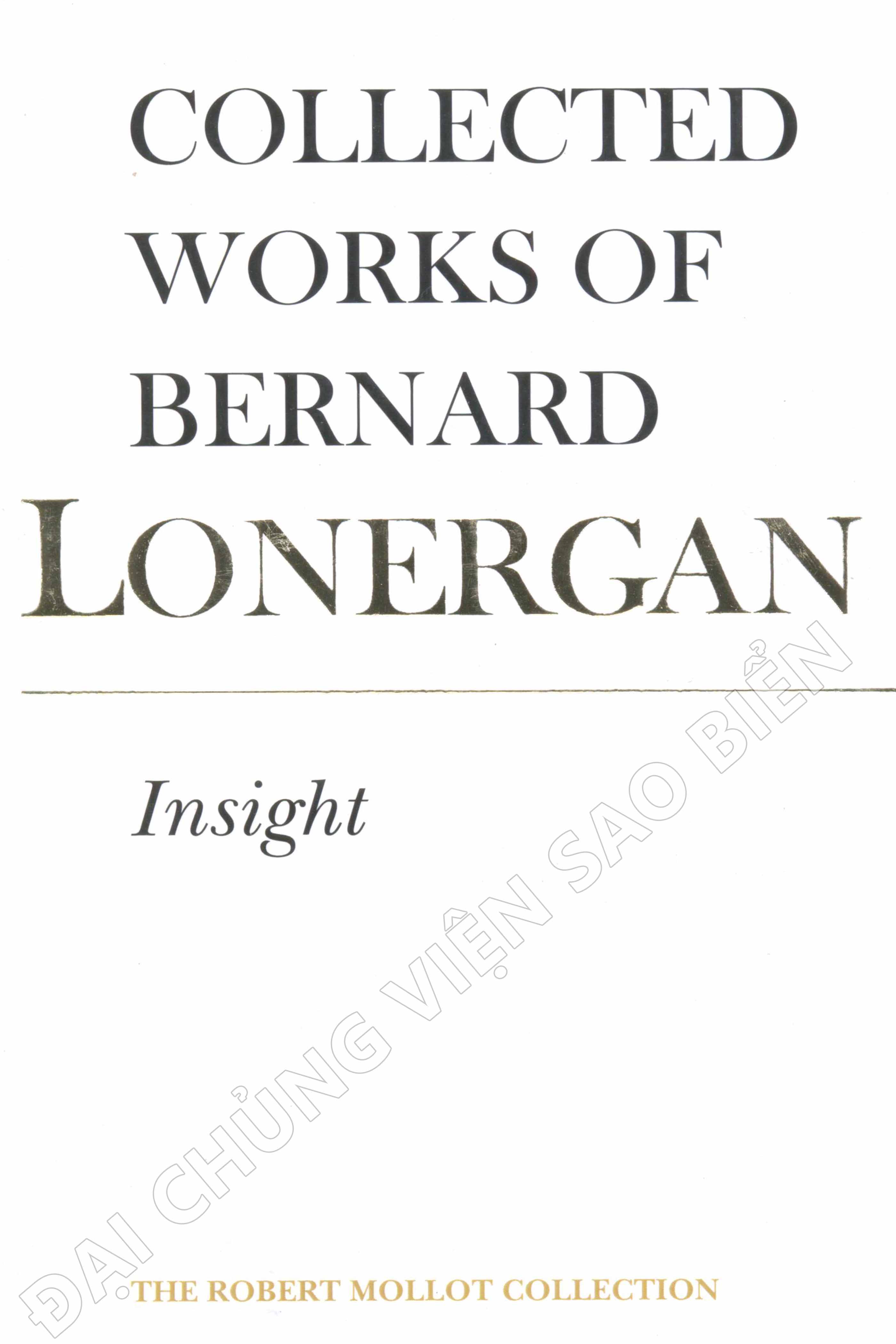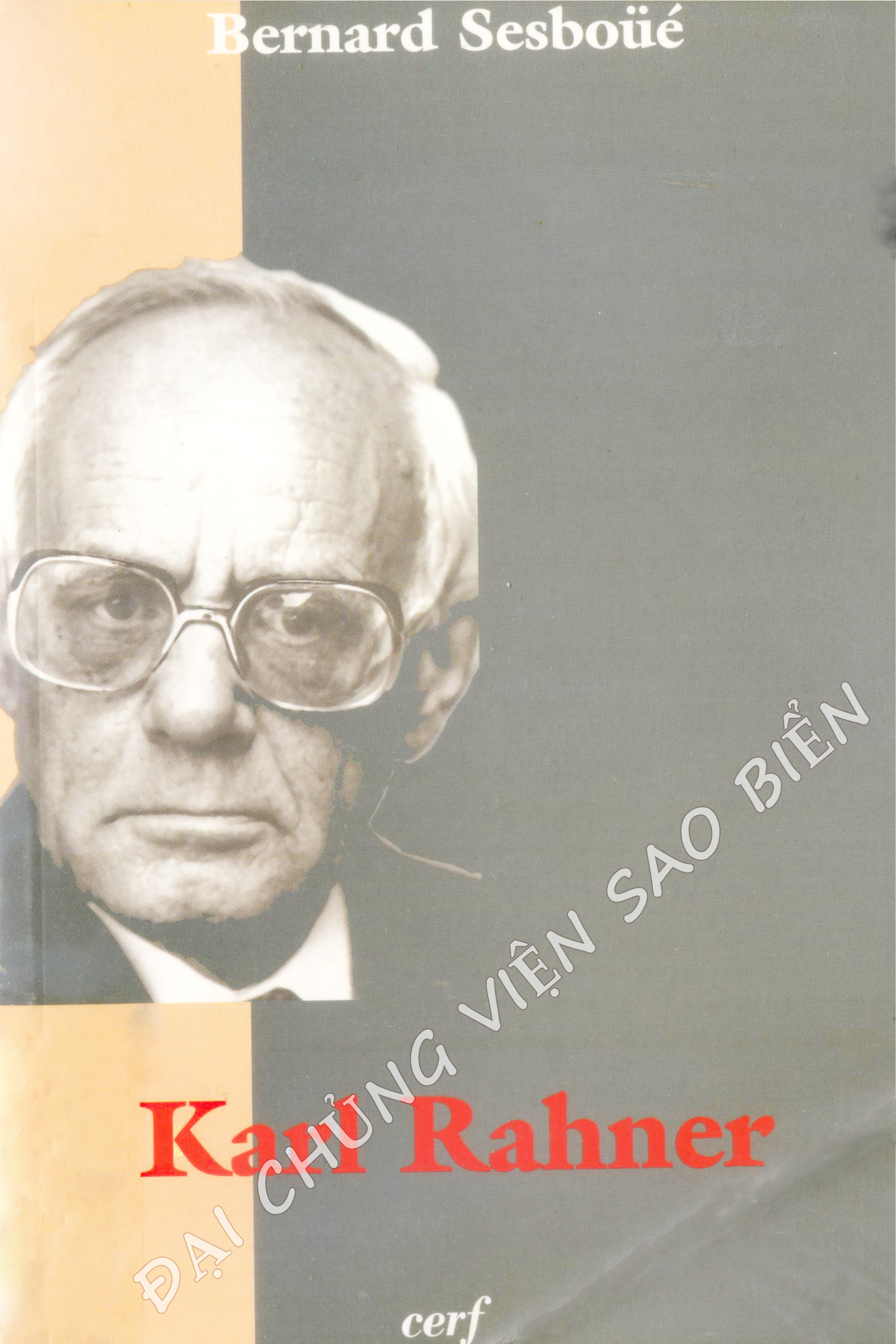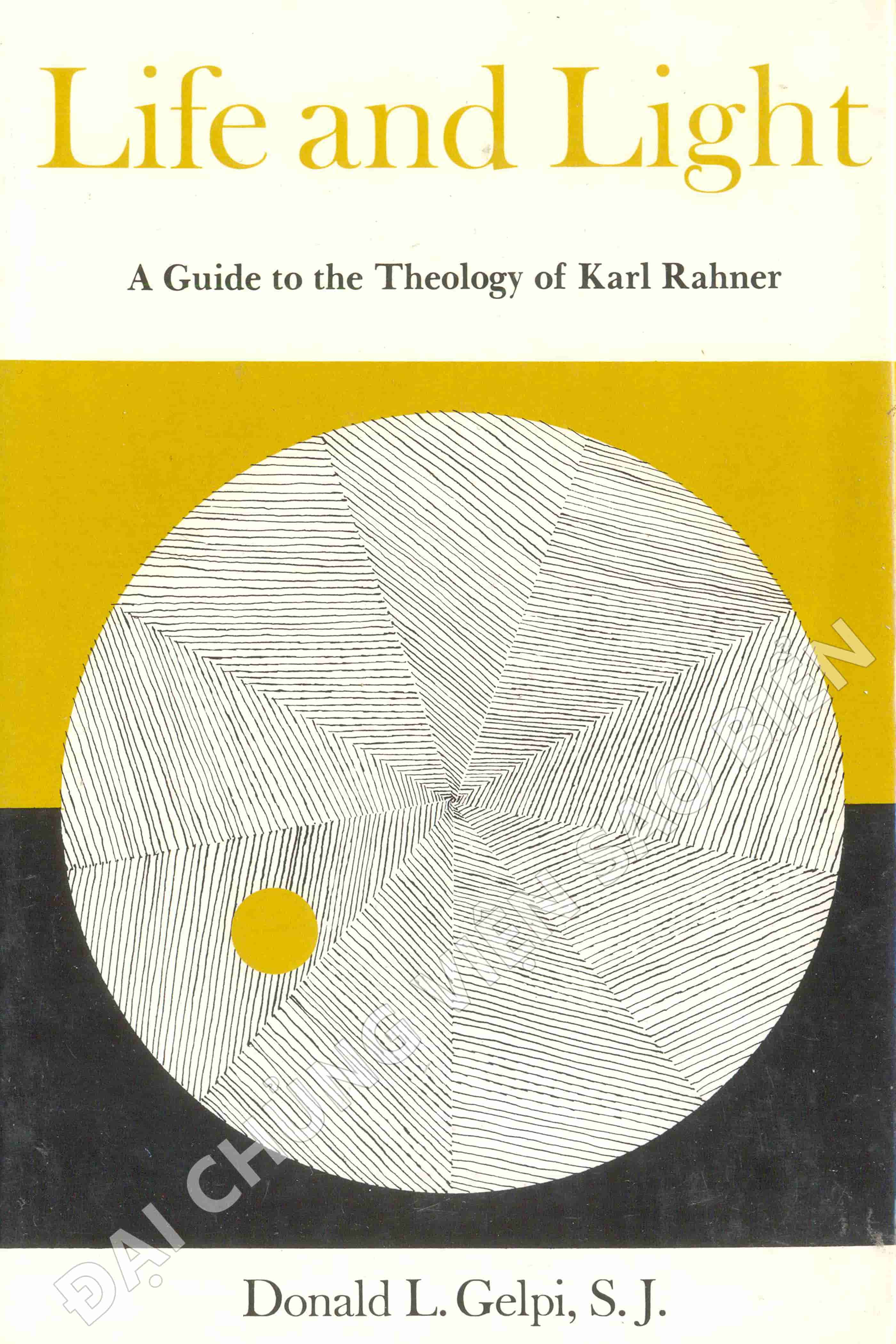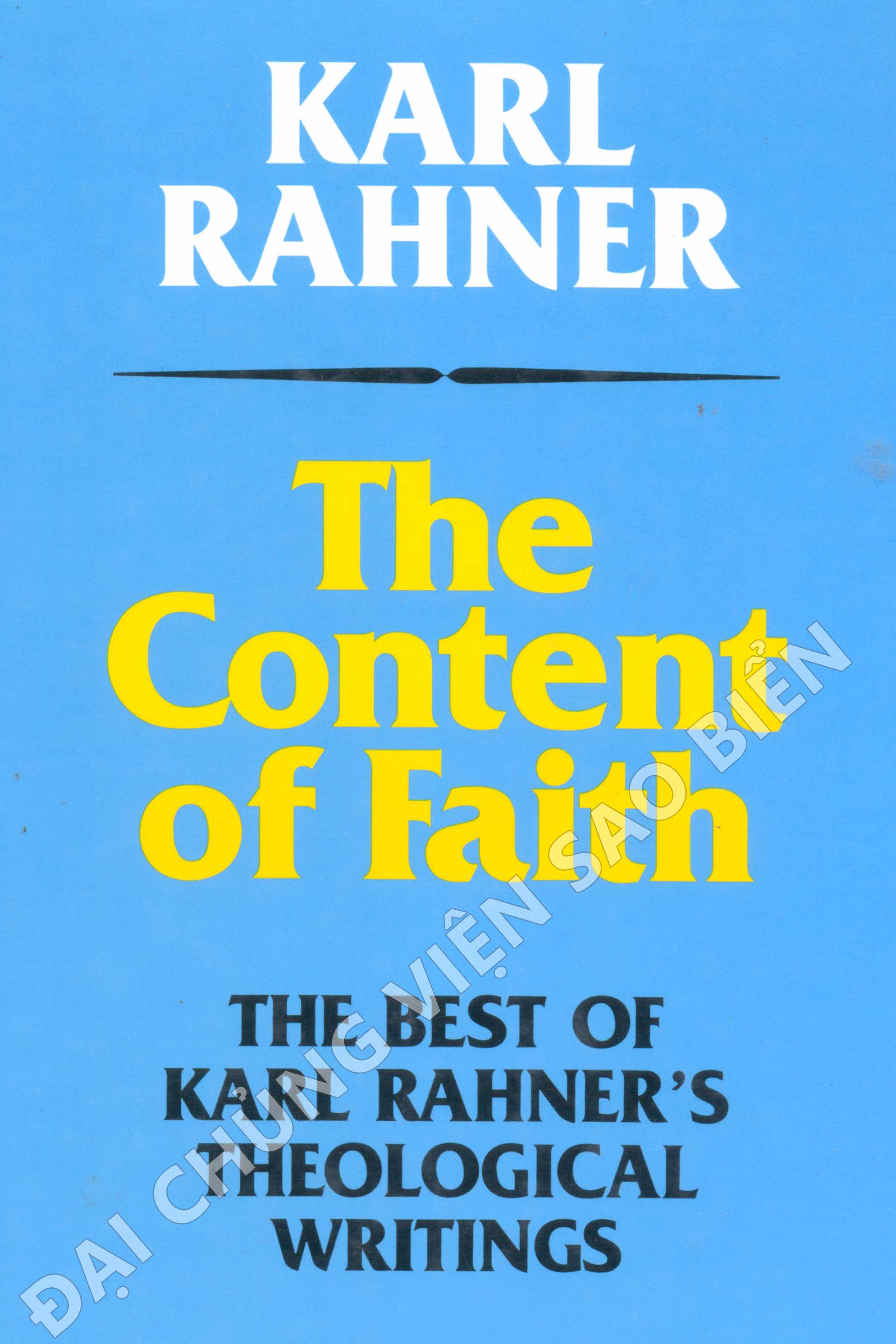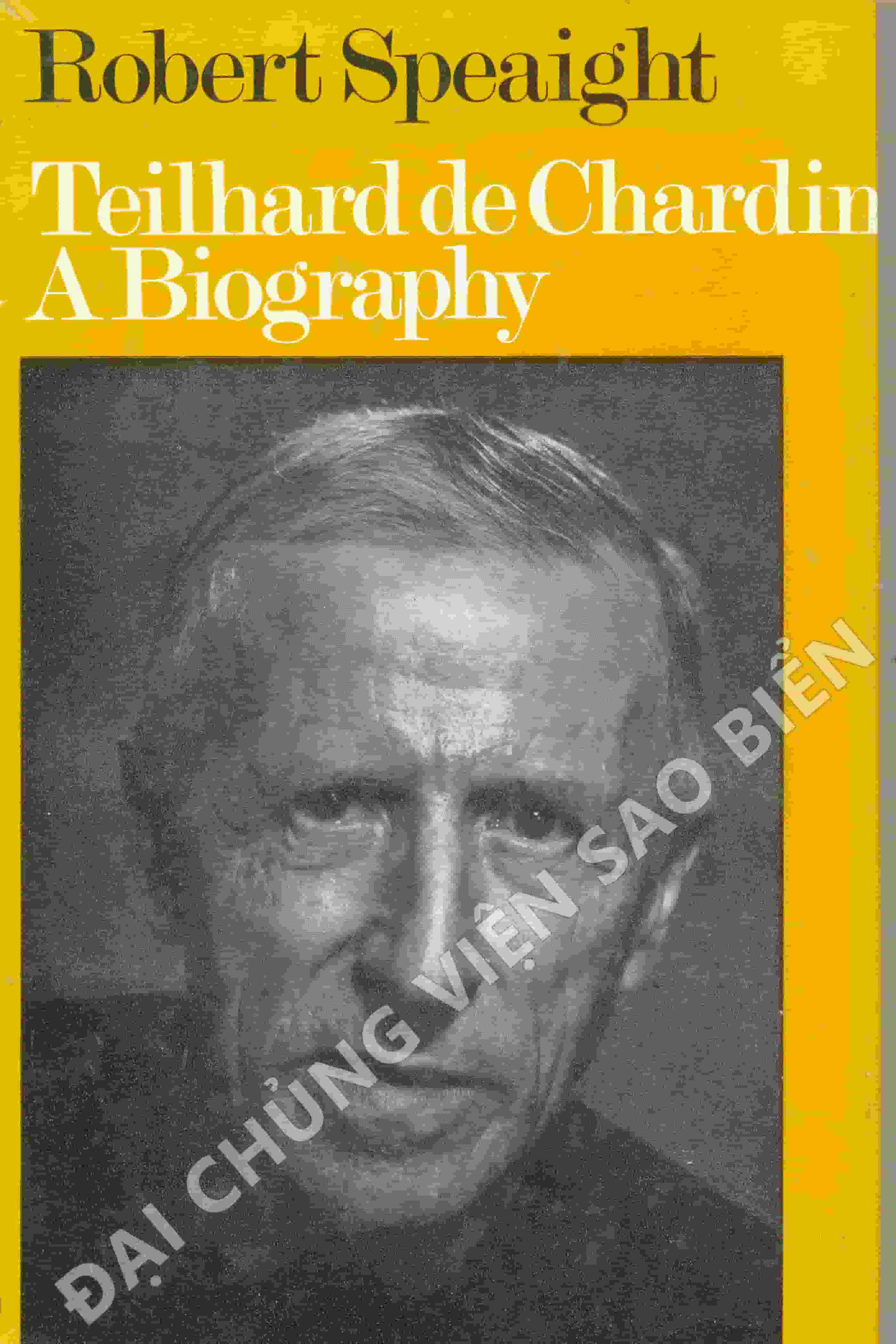| Contents |
|
| Chapter |
Page |
| PREFACE |
ix |
| TABLE OF ABBREVIATIONS |
xiii |
| Introduction: The 'Wintry Season' of the Church |
1 |
| 1 Foundations of an Ecclesiology |
8 |
| 1.1 Ecclesiology in Advance. Some Early Insights |
8 |
| 1.1.1 The Word of God and the word of the Church |
9 |
| 1.1.2 Church of sinners: Church of saints |
13 |
| 1.1.3 The members of the Church |
16 |
| 1.2 Transcendental' Ecclesiology: The Church and Human Freedom |
22 |
| 1.2.1 The Church as entailed in human freedom |
22 |
| 1.2.2 'We believe in the Church' |
26 |
| 1.3 Doctrinal Ecclesiology: The Irreversible Sign of Salvation |
31 |
| 1.3.1 On defining the Church |
32 |
| 1.3.2 The 'existential' being of the Church |
34 |
| 1.3.4 The Church as a 'pneumatic' institution |
42 |
| 2 Comments and Questions: Communion of the Faithful |
45 |
| (A) Rahner's method |
45 |
| (B) A 'dialetical' experience |
46 |
| (C) An experience of freedom |
48 |
| (D) An experience interpreted by faith |
50 |
| (E) Some critical remarks |
52 |
| (G) The double-faced reality |
54 |
| (F) Bonhoeffer's 'collective person' |
57 |
| (H) Church: a redeemed communion |
62 |
| (I) A 'definition' of the Church |
63 |
| 3 The Two-Faceted Church |
70 |
| 3.1 Church and Institution |
71 |
| 3.1.1 The individual and the institution |
71 |
| 3.1.2 Charisma and freedom |
75 |
| (A) The dynamic element |
77 |
| (B) The 'self-accomplishment' of the Church |
79 |
| (C) The charismatic in the Church |
80 |
| 3.2 The Catholic Claims of Rome |
82 |
| 3.2.1 The Founder by divine right |
82 |
| (A) The notion and the evidence |
83 |
| (B) Jus divinum |
86 |
| 3.2.2 The structures of an open Church |
89 |
| (A) The laity |
90 |
| (B) The sense and meaning of the hierarchy |
98 |
| 3.3 The Organs of the Church |
103 |
| 3.3.1 The sacred Ministry |
103 |
| (A) The priesthood and the diaconate |
104 |
| (B) The bishops and their college |
115 |
| (C) The Pope: symbol of unity |
130 |
| 3.3.2 The Magisterium |
142 |
| (A) The concept of the Magisterium |
143 |
| (B) The 'obscure' nature of the Magisterium |
146 |
| (C) The 'infallible' statements of an 'infallible' Magisterium |
154 |
| (D) The teaching office of the Church and the theologian |
160 |
| 4 Comments and Questions: The Church in the Power of the Spirit |
168 |
| 4.1 The Relevance of Sociology |
170 |
| (A) The analogy between sociology and ecclesiological beliefs |
170 |
| (B) The pneumatological structure |
173 |
| 4.2 The Constitution and the Institutions of the Church |
178 |
| (A) Sociological aspects of the Church |
179 |
| (B) Institutions and the founding of the Church |
187 |
| (C) The Pentecostal roots of the Church |
191 |
| 4.3 Ministry and the Communion of the Church |
195 |
| (A) Consecration |
197 |
| (B) Origins |
199 |
| (C) Divine right |
206 |
| (D) The event |
213 |
| EPILOGUE |
225 |
| NOTES |
231 |
